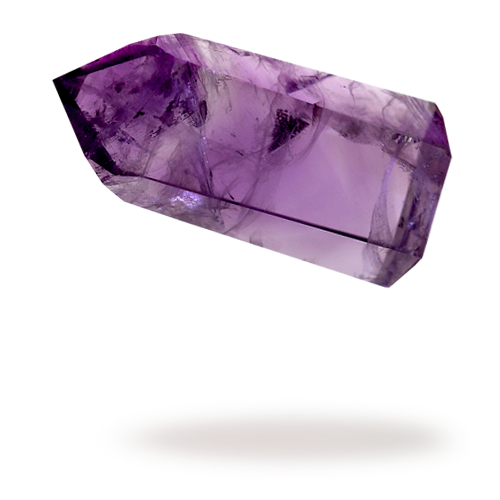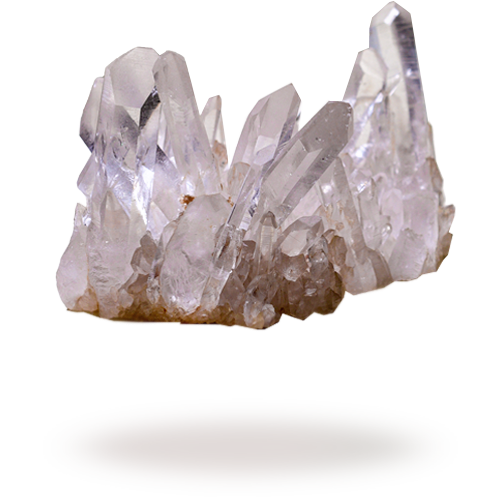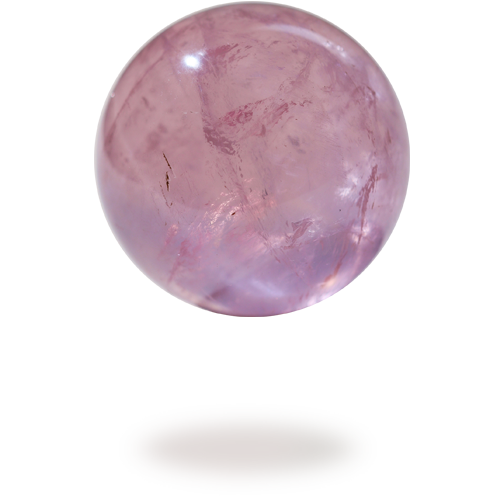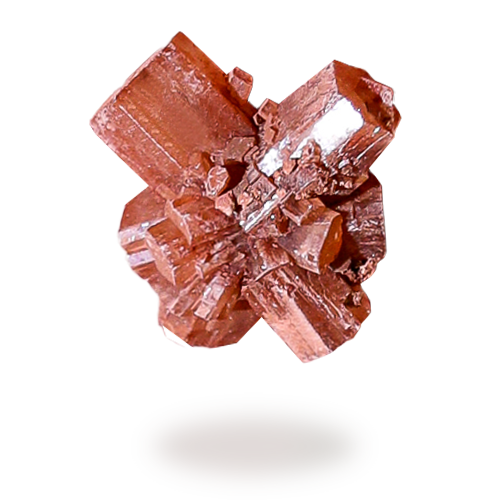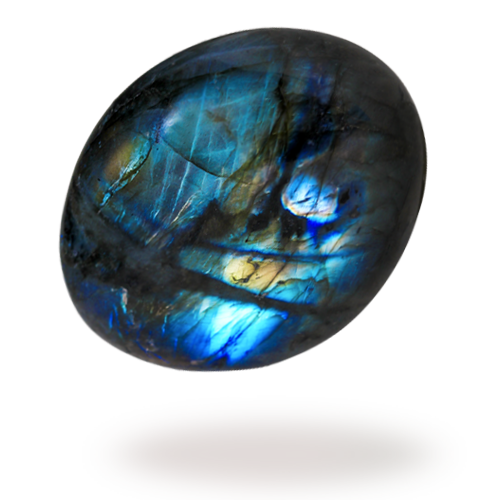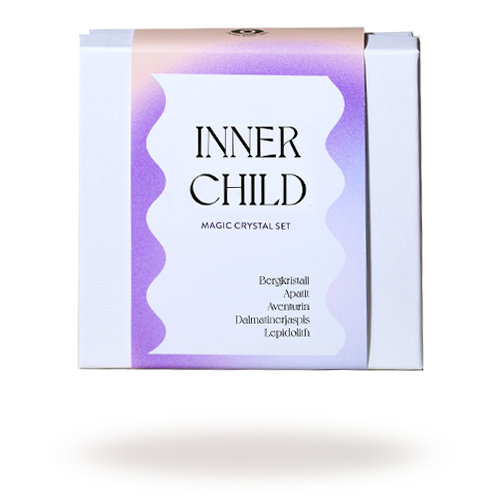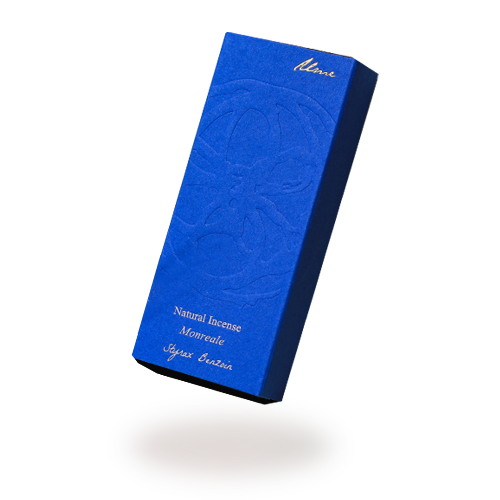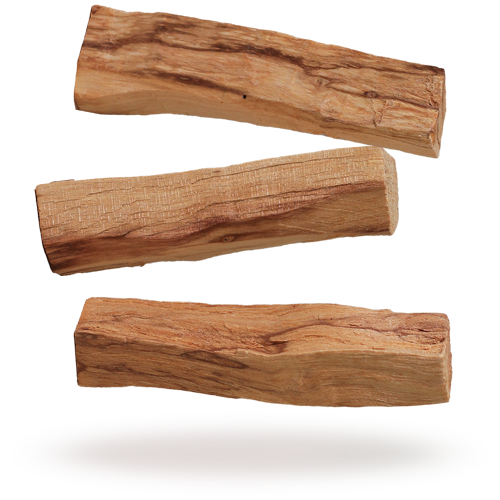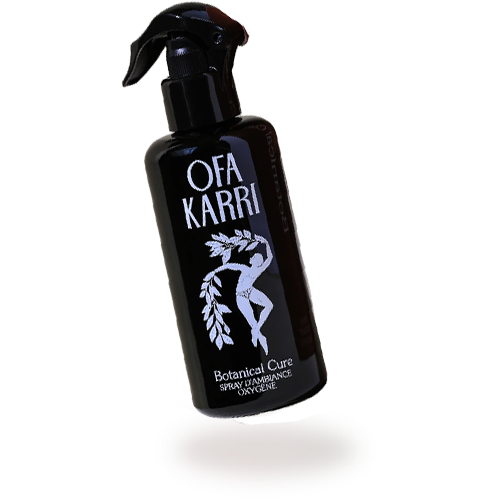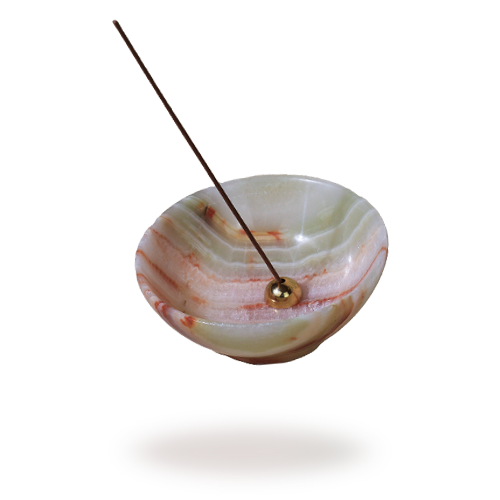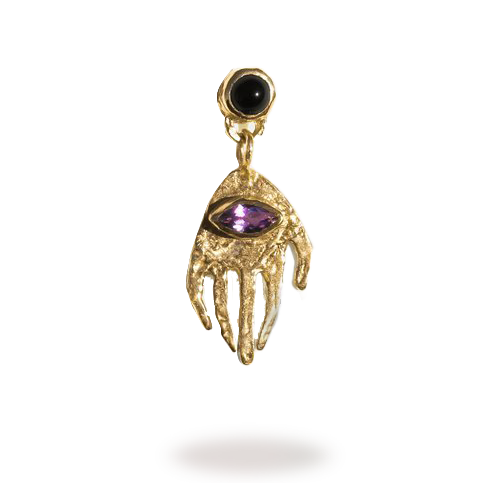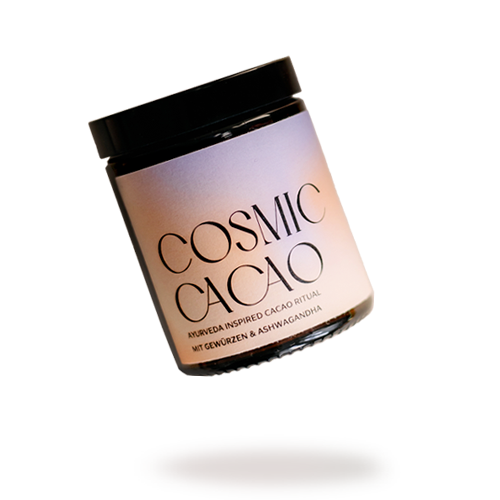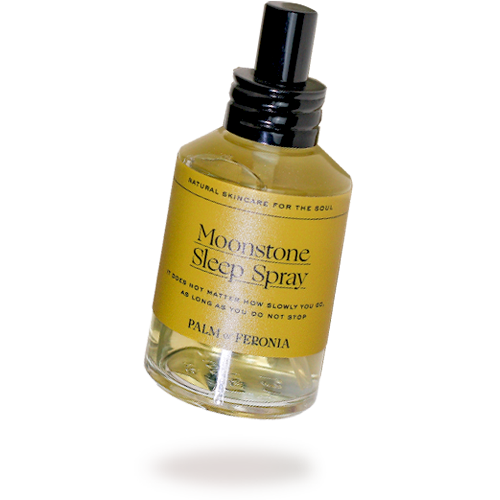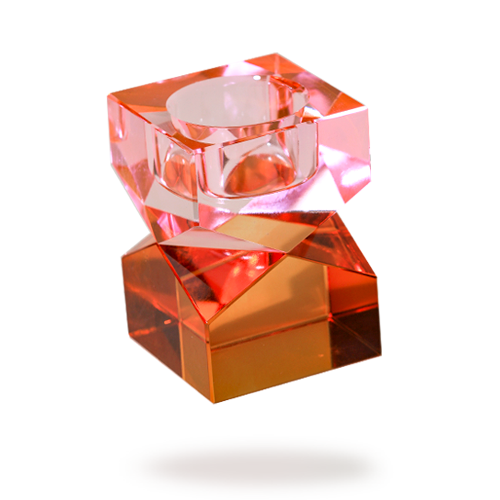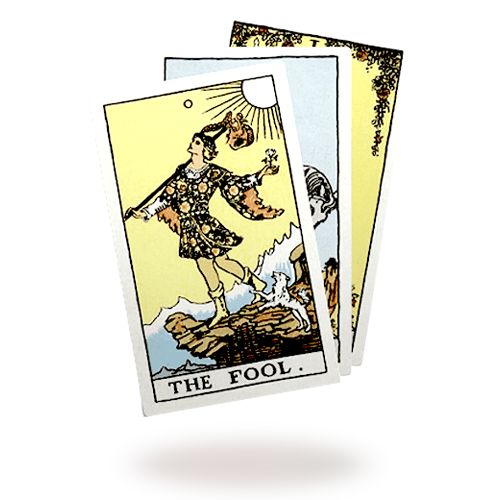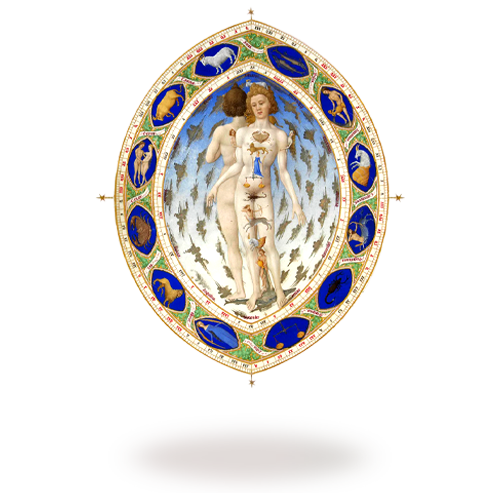Recognize fake citrine
Most citrines on the market are fake or treated - and unfortunately more difficult to detect than you thought.
It is well known that 90% of the citrines on sale today are fake or treated. The valuable gemstone is one of the most sought-after in the world, but is rarely found. During our research, however, we were surprised at how often obviously treated citrine was given out as "natural citrine", "untreated citrine", or "real citrine": 4 out of 5 German online shops for crystals passed this test - sometimes even citing alleged ones certificates. An experienced eye can even recognize real citrine in photos. Here we will show you in detail how you can distinguish treated citrine from natural citrine.

Burnt citrine: a particularly easy-to-recognize counterfeit
Burnt citrine is bright orange and is most commonly found as a druse (a piece of rock with many small crystal spikes) or as a tumbled stone. What is striking is the very strongly saturated color and often also the hard color gradient between opaque white and bright orange. This type of citrine is a heat-treated amethyst: it is fired at over 500 degrees Celcius, the purple tips change color under the effect of heat. However, the quartz parent rock remains white. Over 90% of tumbled and gemstones (pearls, faceted stones etc.) are burnt amethyst. Often without any indication of it.
"Citrine" druses are particularly easy to unmask: real citrine does not occur as a druse in nature. Incidentally, burnt amethyst is a typical product from Brazil.

Irradiated citrine: treacherous counterfeit
Irradiated citrine is more difficult to detect. These fakes are currently flooding the market. Almost without exception, they come from industrial mass production in China, but are offered as "citrine from Brazil", "citrine from the Himalayas" or "Tibetan citrine". Experienced collectors can tell the difference to real citrine with the naked eye: irradiated citrine has a neon undertone that tends towards yellowish or greenish. They are sometimes very clear and sometimes even show light reflections and prisms inside.

Radioactively irradiated rock crystal becomes “citrine”
Even if it seems absurd: In fact, rock crystals are treated with cobalt-60 gamma radiation, i.e. radioactively irradiated, so that they change from transparent to bright yellow. Although the radioactive radiation no longer poses a danger to the consumer, this laboratory procedure negates pretty much everything that crystal healing is about. From our point of view a real sin among the artificial treatments. In particular, because the irradiation is often kept secret and these pieces are very often offered as real citrines.
The irradiated, bright yellow to green-yellow "citrine" can not only be recognized as a fake by its strikingly different color: the shape, size and price also indicate that this cannot be the valuable natural citrine. Irradiated citrine is often offered as a double point or as a point (sometimes as a very large, long point). Double spikes and large spikes are very rare in nature, only occur occasionally and have collector's value. So it's worth doing the math: You shouldn't get real citrine for much less than €1,000 per kilo.
Irradiated smoky quartz as a fake citrine
Not only rock crystal, but also light smoky quartz is radioactively irradiated to make fake citrines. The crystals have a very distinctive look: a greenish color with neon undertones, often with cloudy inclusions in an otherwise transparent crystal. So-called phantoms can also indicate that it is smoky quartz that has been irradiated. However, phantoms are not a sure sign of a forgery, as they are very rare in genuine citrine (particularly in citrine from Namibia and Madagascar).

Irradiated smoky quartz and real citrine in comparison
If you look at the two crystals next to each other, the fake can be seen with the naked eye: Irradiated smoky quartz has a green instead of brown undertone, and the color image is not consistent. In our research, this type of counterfeit was particularly common. Sometimes also with the indication that it is irradiated citrine. In this case, at least you're not buying a pig in a poke. Nevertheless, we think it has very little to do with real citrine. A laboratory product like this cannot keep up with the effect of the valuable gemstone.
By the way, we buy a lot of our crystals from Brazilian family companies - we have never seen a neon yellow or neon green citrine there. Irradiated citrine from Brazil is almost always a lie - the source of supply is somewhere else entirely.
Natural product under a false name: smoky quartz as citrine
Since real citrine has a light brown undertone, it looks very similar to smoky quartz. Selling bright smoky quartz as citrine is a profitable business because smoky quartz is 70-90% cheaper than real citrine. The transitions are fluid: yellowish smoky quartz exists and is sometimes offered to us as “smoky citrine” - a crystal somewhere between citrine and smoky quartz. A yellow hue should still be clearly visible in these specimens, otherwise you were simply sold smoky quartz at an additional cost.
Alternative designations
A lot of fashionable names have crept in for treated citrine, which are actually only intended to disguise the fact that artificial help has been given here. Here are the most common descriptions for treated citrine:
Lemon quartz
Coming from the jewelry industry, this term is now creeping into the crystal market. Lemon quartz does not exist in nature. It is irradiated rock crystal.
Citrine, TBH
Even if it is not self-explanatory what the abbreviation "TBH" stands for: It is nothing more than burnt amethyst. The abbreviation stands for “thermally treated”.
Citrine, used
They obviously wanted to save a few letters here: it would have been far too cumbersome to write out “burnt citrine” ;)
heat-treated citrine
Sometimes it is fair to point out that this is not real citrine. If the term “heat treated” is included, it is burnt amethyst. We praise this minimum of transparency (and would not classify citrines marked as “fake”, but only as “artificially treated”).
Limonite quartz
Limonite quartz exists in nature - we love this crystal, it is firmly anchored in our range under its nickname "Golden Healer". It is a Brazilian rock crystal that has golden inclusions due to iron inclusions. Its visual similarity to burned and irradiated citrine has recently been used to make a sham: treated crystals are suddenly no longer offered as citrine, but as "High Quality Golden Healers". Here we firmly believe in your judgment: this fake can be seen with the naked eye.
Recognize treated citrine
Color
Real citrine is light yellow to honey yellow and has a brown undertone. Gradients to opaque white or transparency are never hard and, if at all, only visible at the base of the crystal.
Origin
The most famous country of origin for citrine is still Brazil . We also collected a few impressive natural forms from Namibia. Particular caution is required in the alleged discovery areas of the Himalayas and Tibet. We are not aware of any mines from these countries that mine citrine.
shape
Beware of double tips, large/very slender tips and tips with 6 identical sides : these cuts are often mass-produced and rarely from Brazil. Real citrine is most often polished on the natural sides and not cut into shape (because you want to lose as little of the valuable material as possible with real citrine).
Price
The price of citrine has doubled in recent years. The guideline value is currently around 1000 € / kilo. Two price examples: A small tip weighing 20 grams should be at least €20. Completely utopian: large tips for under €100 - the bigger the tip, the rarer and more valuable it is.
Crowd
Citrine is rare. Even our Brazilian direct contacts gather it locally from a variety of sources to bring it with them to Europe. The fact that a retailer is offering dozens of tips with almost identical shape and color at once should raise doubts - especially when it is claimed that the crystals come from Brazil.
